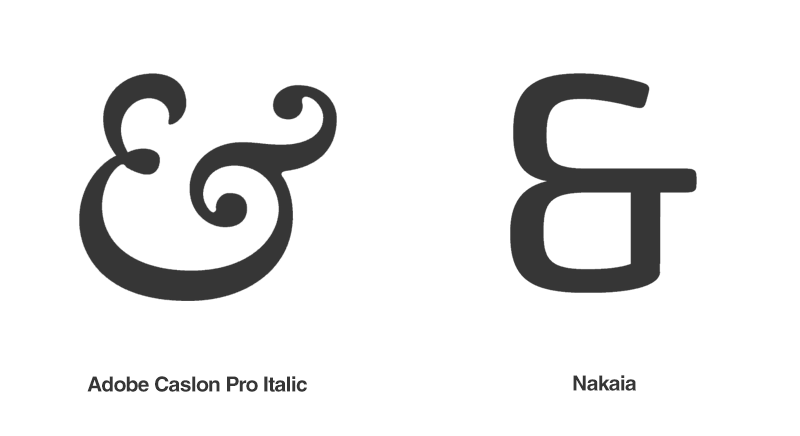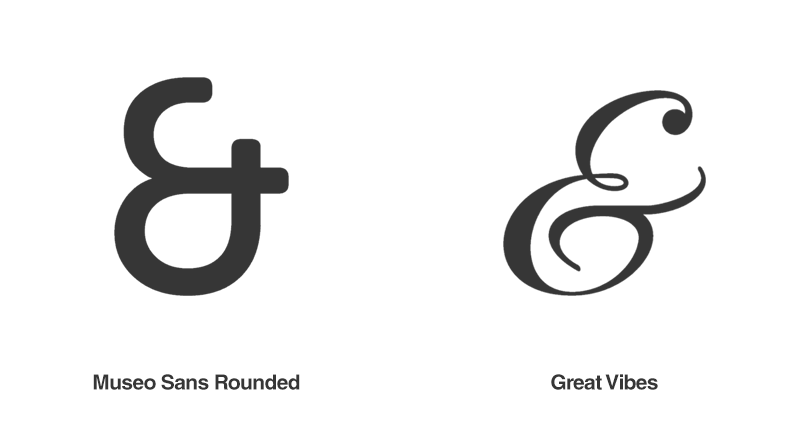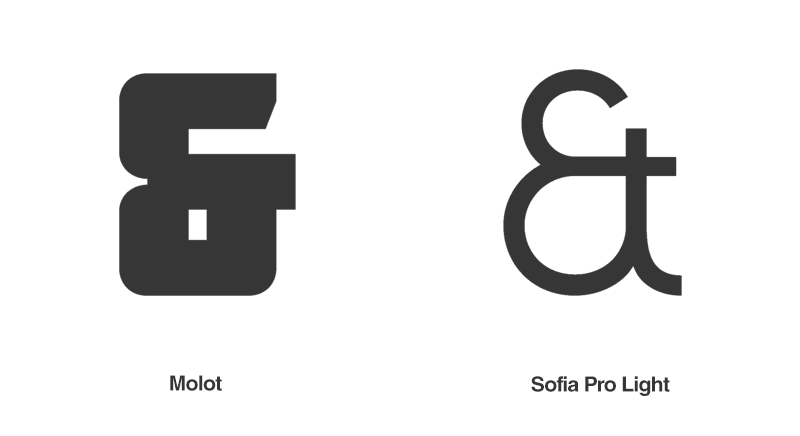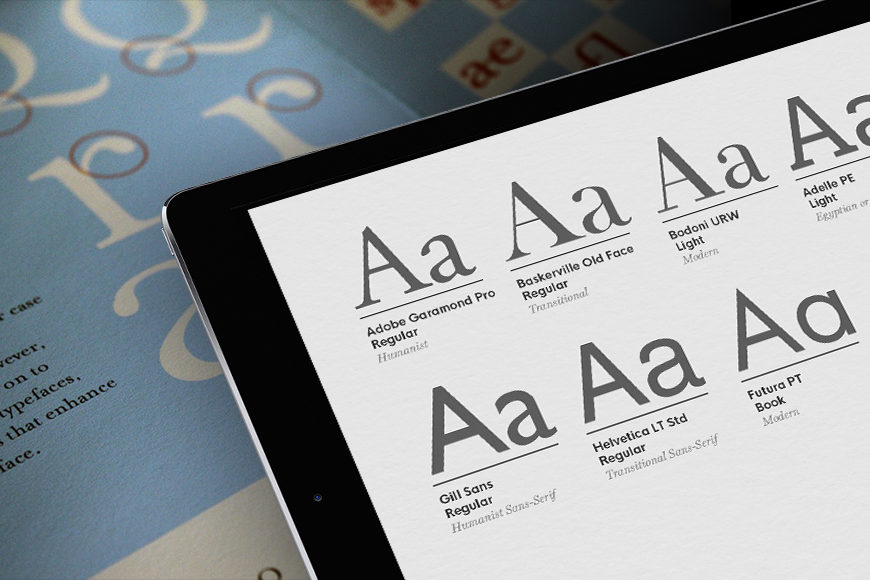The ampersand is quite possibly one of the most beautiful symbols in the standard alphabet character set. Yet, technically speaking it is not really a character at all.
Origins of the Symbol
As far as the symbol we know today goes, the ampersand (or epershand) is actually a logogram representing the conjunction word “and”. In its symbolic form it’s actually a ligature made up of the combination of two characters found in the Latin word “et” which simply means “and. The symbol actually predates nearly every modern alphabet we use today. In fact, it’s roots can be traced back to the first century A.D. As you might imagine the physical form of the ampersand has changed quite a bit over time.

- Old Roman cursive, reed pen, 131 AD.
- New Roman cursive, middle of 4th century.
- New Roman cursive, ca 346 AD.
- From a manuscript (St. Hilarius), before 509.
- From a manuscript (St. Maximus), 7th century.
- Carolingian minuscule, 810.

Origins of the word
The word “ampersand” came many years later when “&” was a part of the English alphabet. In the early 1800s, when school children recited their ABCs they would conclude the alphabet with the ampersand symbol which they simply pronounced “and”. Since it was confusing and somewhat difficult to say “X, Y, Z, and.” the students simply said, “and per se and.” The words “Per se” mean “by itself,” so the students were essentially saying, “X, Y, Z, and by itself and.” As time passed, “and per se and” was slurred together to form the word “ampersand” we use today.

A Tribute to the Ampersand
As a typographic tribute to the ampersand I have put together a collection of ampersands. Each one as beautifully designed and crafted as the last. For this collection I used a handful of type foundries but even throughout my extensive search I have not even scratched the surface of the ampersand. There are many more out there that are just as deserving of this gallery as the ones I found. If you know of some amazing ampersands, I would love hear about them!
7







Comment